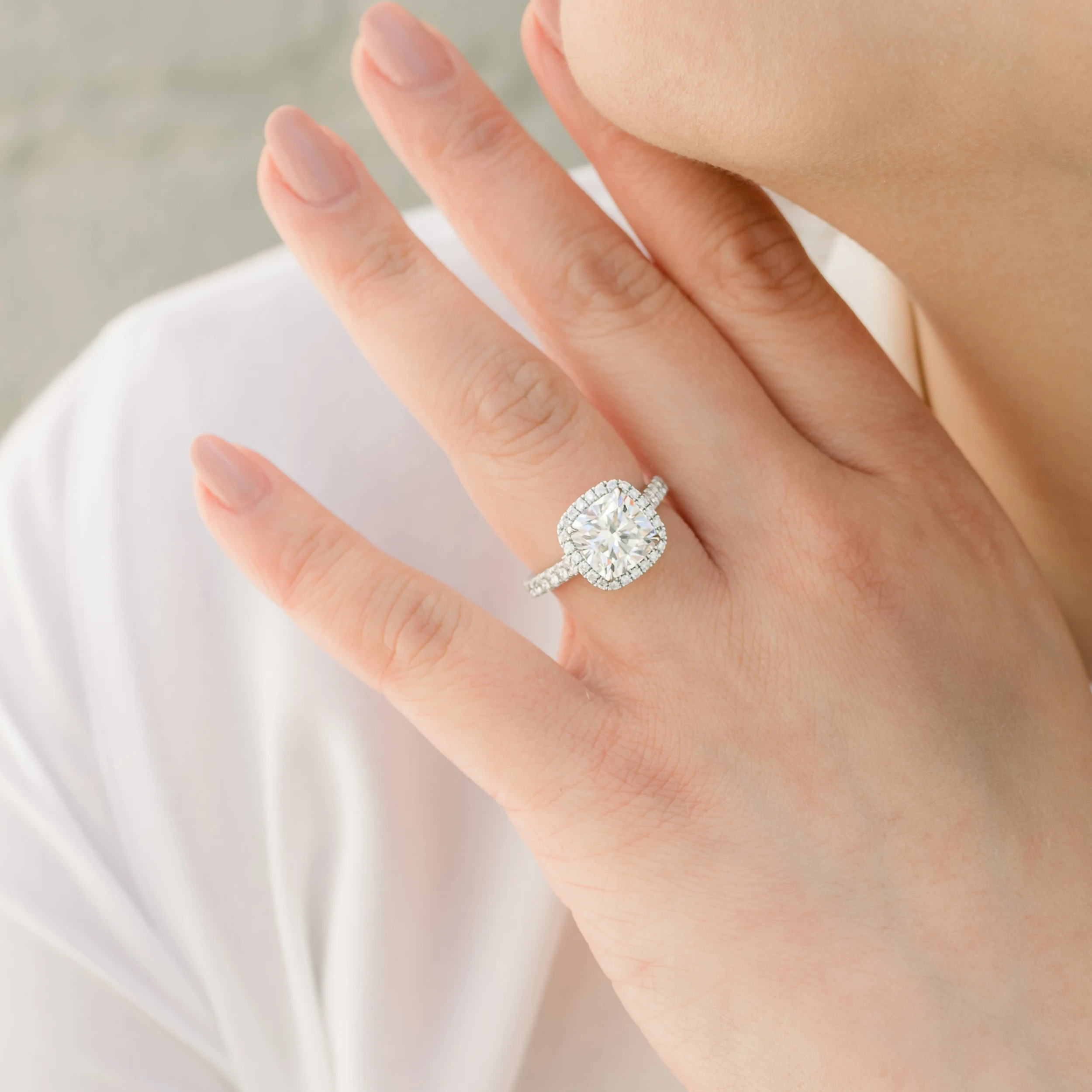Introduction
You’re getting ready to pop the question, and as you scroll through endless options for engagement rings, you stumble upon a term that catches your eye: lab-grown diamonds. What exactly are these shimmering gems, and why are they gaining traction in the world of engagements?
What are lab-grown diamonds?
Lab-grown diamonds, also known as synthetic diamonds or cultured diamonds, are created in controlled environments that replicate the natural diamond-growing process. They possess the same chemical composition, physical properties, and brilliance as natural diamonds but are cultivated in a laboratory setting rather than mined from the earth.
Rising trend in engagement rings
In recent years, lab-grown diamond engagement rings have surged in popularity due to their ethical sourcing, environmental sustainability, and affordability. Couples are increasingly drawn to the idea of purchasing a ring that not only symbolizes their love but also aligns with their values.
Benefits of Lab-Grown Diamond Engagement Rings
Let’s delve into the various advantages of choosing a lab grown diamond engagement ring:
Cost-effectiveness
One of the most significant benefits of lab-grown diamonds is their affordability compared to natural diamonds. On average, lab-grown diamonds can cost up to 30% less than their mined counterparts, allowing couples to invest in a larger or higher-quality stone without breaking the bank.
Ethical considerations
Unlike traditional diamond mining, which has been associated with environmental destruction and human rights abuses, lab-grown diamonds are ethically sourced and conflict-free. By opting for a lab-grown diamond engagement ring, you can rest assured that your purchase is not contributing to any harm or exploitation.
Environmental impact
The process of mining natural diamonds requires extensive land excavation, energy consumption, and water usage, leading to environmental degradation and carbon emissions. In contrast, lab-grown diamonds have a significantly lower environmental footprint, with minimal land disruption and reduced energy and water requirements.
Quality and beauty
Lab-grown diamonds exhibit the same dazzling brilliance, clarity, and durability as natural diamonds. With advancements in technology, lab-grown diamonds can be produced with exceptional precision and quality, offering a wide range of shapes, sizes, and colors to suit every preference.
How Lab-Grown Diamonds are Made
Curious about the science behind lab-grown diamonds? Let’s explore the two primary methods of diamond synthesis:
High-pressure, high-temperature (HPHT) method
In the HPHT method, a small diamond seed is placed in a high-pressure, high-temperature environment, where carbon atoms are added to the seed, causing it to grow layer by layer. This process mimics the natural conditions deep within the Earth’s mantle where diamonds are formed over millions of years.
Chemical vapor deposition (CVD) method
In the CVD method, a thin slice of diamond seed is placed in a vacuum chamber filled with carbon-rich gases. When the gases are ionized by a laser or microwave, carbon atoms adhere to the seed, gradually building up into a larger diamond crystal. This technique allows for precise control over the diamond’s growth and purity.
Comparison with Natural Diamonds
Now, let’s compare lab grown diamonds with their natural counterparts across various criteria:
Chemical composition
Both lab-grown and natural diamonds are composed of pure carbon atoms arranged in a crystalline structure known as diamond cubic. This shared chemical composition accounts for their identical physical properties and optical brilliance.
Physical properties
Lab-grown diamonds possess the same hardness, refractive index, and dispersion as natural diamonds, making them indistinguishable to the naked eye. Whether it’s the fire of a well-cut round brilliant or the elegance of a princess cut, lab-grown diamonds offer the same breathtaking beauty as mined diamonds.
Cost comparison
While lab-grown diamonds offer significant cost savings, natural diamonds retain their allure and value due to their rarity and natural origin. The choice between the two ultimately comes down to personal preference, budget considerations, and ethical priorities.
Factors to Consider When Choosing a Lab-Grown Diamond Ring
Ready to select the perfect lab-grown diamond engagement ring? Here are some essential factors to keep in mind:
Certification
Ensure that your lab-grown diamond comes with reputable certification from gemological laboratories such as the Gemological Institute of America (GIA) or the International Gemological Institute (IGI). This certification verifies the diamond’s authenticity, quality, and characteristics.
Color and clarity
Like natural diamonds, lab-grown diamonds are graded based on their color and clarity characteristics. Opt for a diamond with minimal inclusions and a color grade that complements your preferred setting and metal choice.
Cut and carat weight
The cut of a diamond significantly impacts its brilliance and sparkle. Choose a well-cut diamond with symmetrical proportions and excellent light performance for maximum beauty. Additionally, consider the carat weight of the diamond based on your budget and style preferences.
Setting and metal choice
Select a setting style and metal that enhances the beauty of your lab-grown diamond. Whether it’s a classic solitaire, a glamorous halo, or a vintage-inspired design, choose a setting that reflects your individual taste and personality.
Caring for Your Lab-Grown Diamond Ring
Once you’ve found the perfect lab-grown diamond engagement ring, it’s essential to care for it properly to maintain its brilliance and beauty:
Cleaning and maintenance tips
Regularly clean your lab-grown diamond ring using a mild detergent and warm water, followed by gentle scrubbing with a soft brush. Avoid using harsh chemicals or abrasive cleaners that could damage the diamond or its setting.
Avoiding damage
While lab-grown diamonds are durable, they can still be susceptible to chips, scratches, and damage if not handled with care. Remove your ring when engaging in strenuous activities or household chores to prevent accidental damage.
Conclusion
In conclusion, lab-grown diamond engagement rings offer a sustainable, ethical, and budget-friendly alternative to traditional mined diamonds. With their identical beauty, quality, and durability, lab-grown diamonds allow couples to celebrate their love while making a positive impact on the environment and society.

